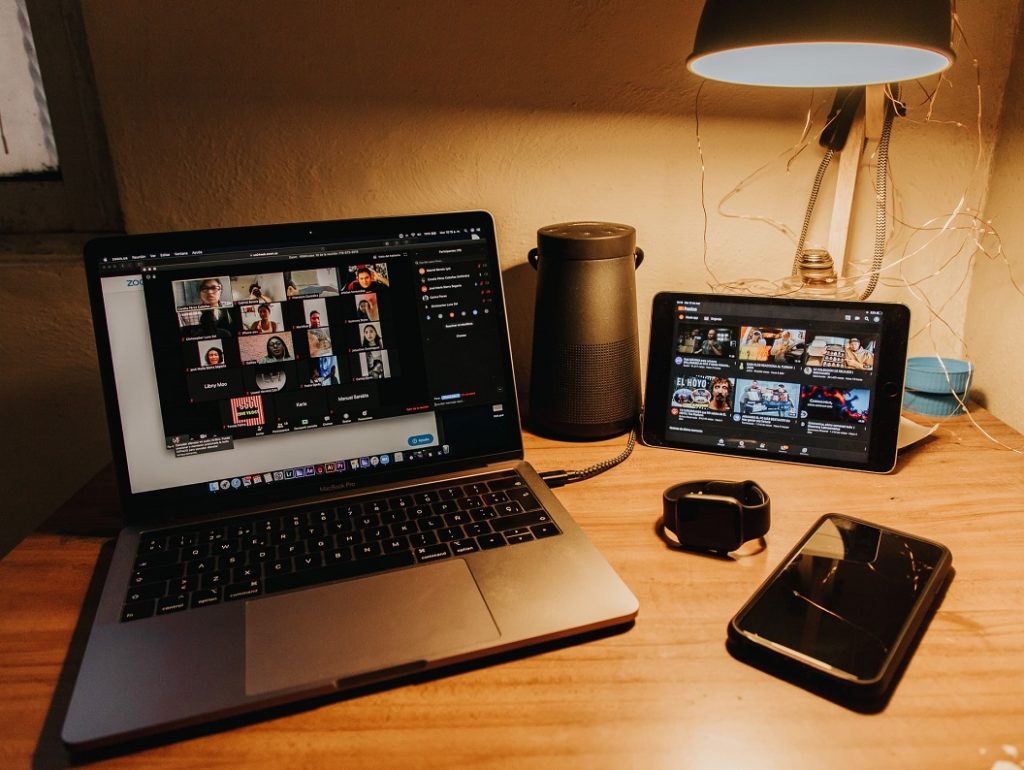If you ask any tech enthusiast a year back, very few will be able to predict the rise of video conferencing as we see today. Not even the companies that make video conferencing applications were dreaming of such a huge boost of users in such a short timespan. Zoom’s users practically multiplied twenty-fold compared to last year. The pandemic sure brought radical changes in the way people work, study, and collaborate.
With millions of people suddenly active in video conferencing, concerns regarding its security and privacy have risen considerably. Those worries are warranted considering the number of cases of zoombombing, privacy breach, and several other issues that popped up day after day.

So, how do you ensure privacy and security when using video conferencing apps? Here are some things you can do.
Security and Privacy Tips For Video Conferencing
No screen-sharing by default
A part of Zoom’s grave mistakes was allowing participants to share their screen by default. That one mistake has allowed pranksters to commit various mischiefs. Before you join any conference, make sure to set the screen sharing option to host only or other stricter settings your video conferencing app allows.
Be careful when sharing and opening files
Not many people are knowledgeable about file types. That’s why hackers are rejoicing the fact that millions of students and employees are so dependent on video conferencing apps. To those criminals, those hundreds of millions of people are prime targets.
Let’s imagine a scenario where students who are forced to study from home receive a message with a file in it. Supposedly, it contains an assignment, but when the students open it, that file triggers a background malware download. Sounds scary? Well, it is, but it’s a real threat.
When you’re the host or group administrator for the meeting, limit the allowed file types for in-meeting file transfers to the bare minimum. For instance, if you’re a teacher, set so everyone can only send and receive PDF or DOCX files. Tell students to use the online document converter to convert any other document formats to those acceptable formats.
Use virtual background
Most people don’t have a dedicated home office or study room. They just repurpose a table in the living room and that’s where they do all their work, study, and conference calls. The bad thing is, what people see on the background may reveal too much.
One solution is to make sure there’s nothing but a blank wall or curtain behind you whenever you’re using video calls. Another solution is to use a virtual background. You can use any image or video of your choice. Then, you won’t have to worry about accidentally broadcasting anything private or confidential.
Know your options
While the general population may only know Zoom, there’s no shortage of platforms available for your video conferencing needs. Feel free to choose from Discord, Skype, Microsoft Teams, FaceTime, Signal, Starleaf, Jitsi Meet, Houseparty, and Google Meet (previously Hangouts).
Just understand that those applications are only as safe as you make them. Play with the settings beforehand to ensure they fit your needs. Should there be glaring security or privacy issues with one platform, just move on to the next.
Update the software
No software comes bug-free. That’s what updates are for – to patch up those security holes, address privacy concerns, and improve features. Updating the video conference software as soon as a new update is available is a smart move. Keeping an old version just because you’re too lazy is like giving hackers a free pass to take advantage of existing bugs.
